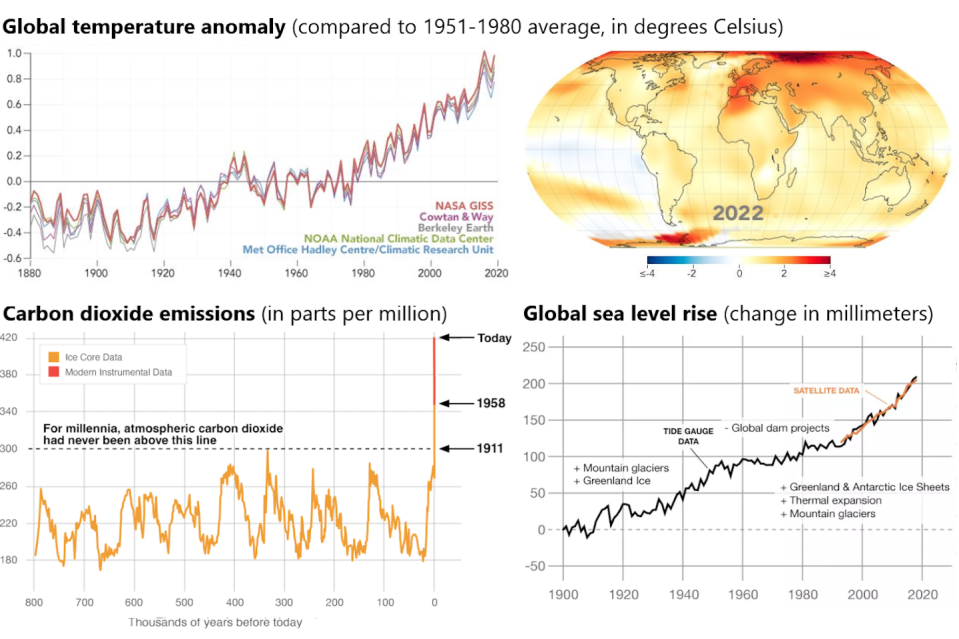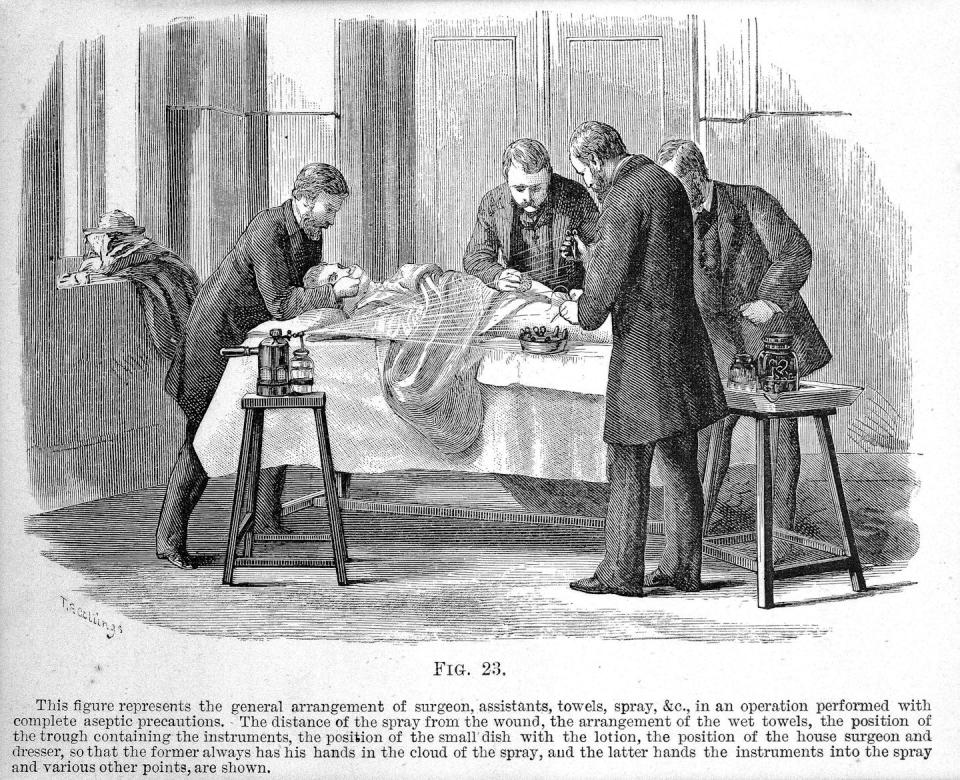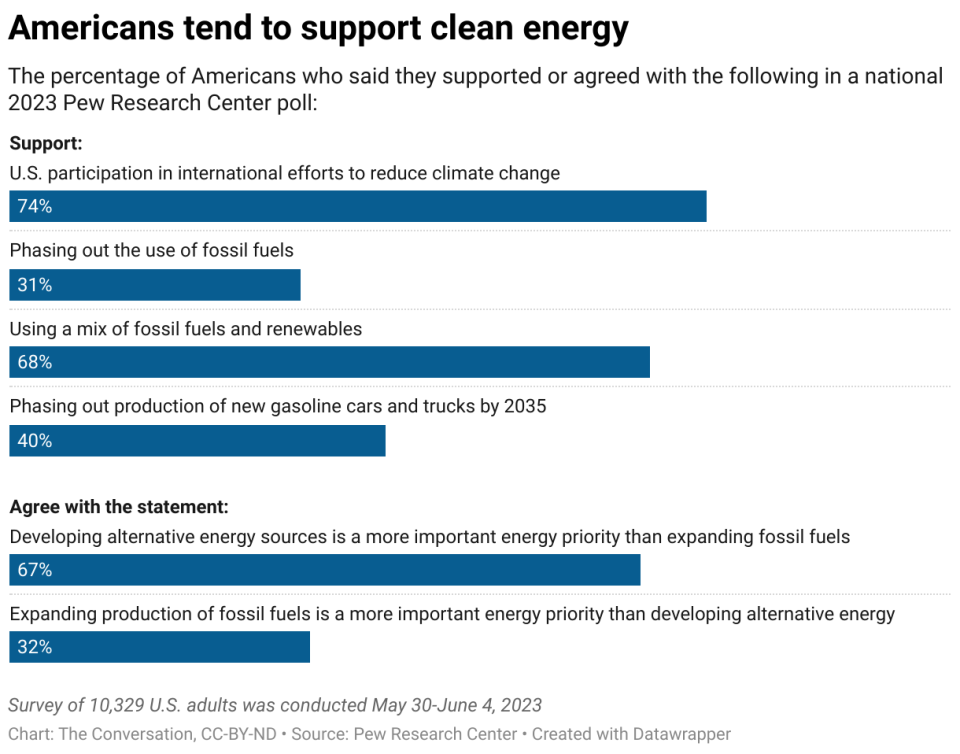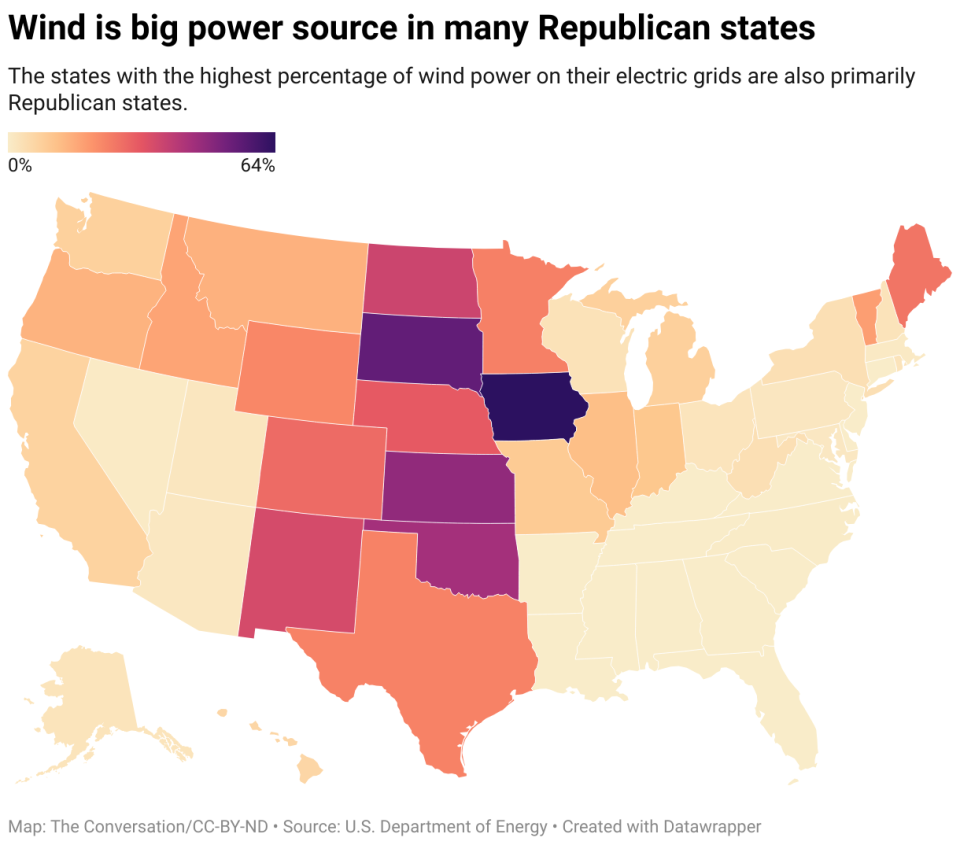As strange as it may sound, early germ theorists could tell us a lot about modern attitudes toward climate change.
While doing research for a new book on the history of emerging infections, I found many similarities between early discussions of the existence of microbes and current discussions of the existence of global warming.
Both debates reveal the difficulties of perceiving an invisible threat. Both reveal the influence of economic interests that benefit from the status quo. But most importantly, both reveal how people with different beliefs and interests can still agree on basic policies and practices for dealing with a global problem.
What you can’t see can hurt you
Seeing is believing, and until the mid-19th century, the tiny organisms that cause our so-called “feverish” illnesses were very hard to see.
Although the indirect evidence was compelling, many people remained skeptical of “animalcules”—as microorganisms were once called—until the microscope was sufficiently developed. Even then, acceptance was gradual. The once dominant idea of disease-causing gases called miasmata persisted for several decades before most people accepted that fevers had a living cause.
Climate change presents similar visibility challenges. While everyone can see and feel the weather, its larger patterns and longer trends are often difficult to observe without the aid of technical charts.

Even if people accept the bigger picture, the case for human responsibility is complicated by the fact that the carbon emissions from our engines are invisible to the naked eye, like microbial infections in our bodies. Human solutions are hard to come by when evidence of human causation is invisible.
Economics may outweigh evidence
In addition to all these difficulties, economic interests often undermine scientific recommendations.
According to germ theory, early recommendations to prevent the spread of infection included reimposing quarantines at shipping ports and border crossings, thus disrupting the flow of international trade.
In climate theory, suggestions for slowing global warming include reducing consumption of carbon-based fuels, thereby reducing the flow of oil. These strategies can threaten livelihoods and profits, so it’s no surprise that labor unions are divided over green initiatives and energy executives are spreading misinformation about climate science.
Beliefs and interests do not have to overlap
But people’s beliefs and interests do not have to match if everyone sees some benefit in the suggestions.
This situation arose in the last decades of the 19th century, when surgeons, rejecting germs, adopted the antiseptic techniques of Joseph Lister.
They did this mainly for the practical reason that their patients would be better off under the new methods. But if an explanation was needed, most of these die-hard skeptics claimed that Lister’s methods prevented the transmission of miasmas rather than living organisms.
Responding to these allegations, Lister said:
“If any one chooses to suppose that septic material is not of the nature of living organisms, but a so-called chemical fermentation devoid of vitality… such a notion, although I believe it to be without scientific evidence, would be from a practical point of view equivalent to a germ theory, because it would inculcate exactly the same methods of antiseptic management.”
Lister was more interested in saving lives than in winning arguments. As long as surgeons adopted his methods, Lister cared little for their justifications. When it came to preventing infection, it was not beliefs that mattered, but actions.


Changing behavior through complementary interests
The same can be said for global warming: It is more important to change behaviors than to change beliefs.
For example, there is a large and growing environmental movement among evangelical Christians. Organizations such as Green Faith and the Creation Care Task Force cite biblical texts to promote environmental stewardship as a sacred duty.
While many of these groups accept human-caused climate change, some of their core beliefs contradict the evolutionary theories my colleagues and I use as scientists. But we don’t have to agree on fossils to wean the world off fossil fuels.
The same goes for priorities and economic interests.
A recent national Pew poll found that a majority of Americans support the development and use of renewable energy, including a small majority of Republicans, although their motivations tend to differ from those of Democrats.


Republicans tend to prioritize the economic benefits of renewable energy compared to Democrats, with Democrats saying their main concern is global warming.
The economic benefits may explain why red states produce the largest share of America’s wind energy, and why three of those states are among the nation’s top five solar producers. Their adoption is related to the geography of the wind and sun belts, where farmers see positive returns for generating electricity and a stable source of income to buffer price swings for weather-sensitive crops. Livelihoods are a strong motivator.


Finding common ground can change the world
None of these examples capture the full spectrum of climate change, and Democrats and Republicans have differing views on how fast and how far the transition to renewable energy should go.
But we can draw another hopeful lesson from the 19th century: Even though people didn’t agree on all the actions to prevent disease, they found enough common ground to achieve the greatest reduction in mortality in recorded history.
This article is republished from The Conversation, a nonprofit, independent news organization that brings you facts and trusted analysis to help you understand our complex world. By Ron Barrett Macalester College
Read more:
Ron Barrett does not work for, consult, own shares in, or receive funding from any company or organization that would benefit from this article, and has disclosed no relevant affiliations beyond his academic appointment.